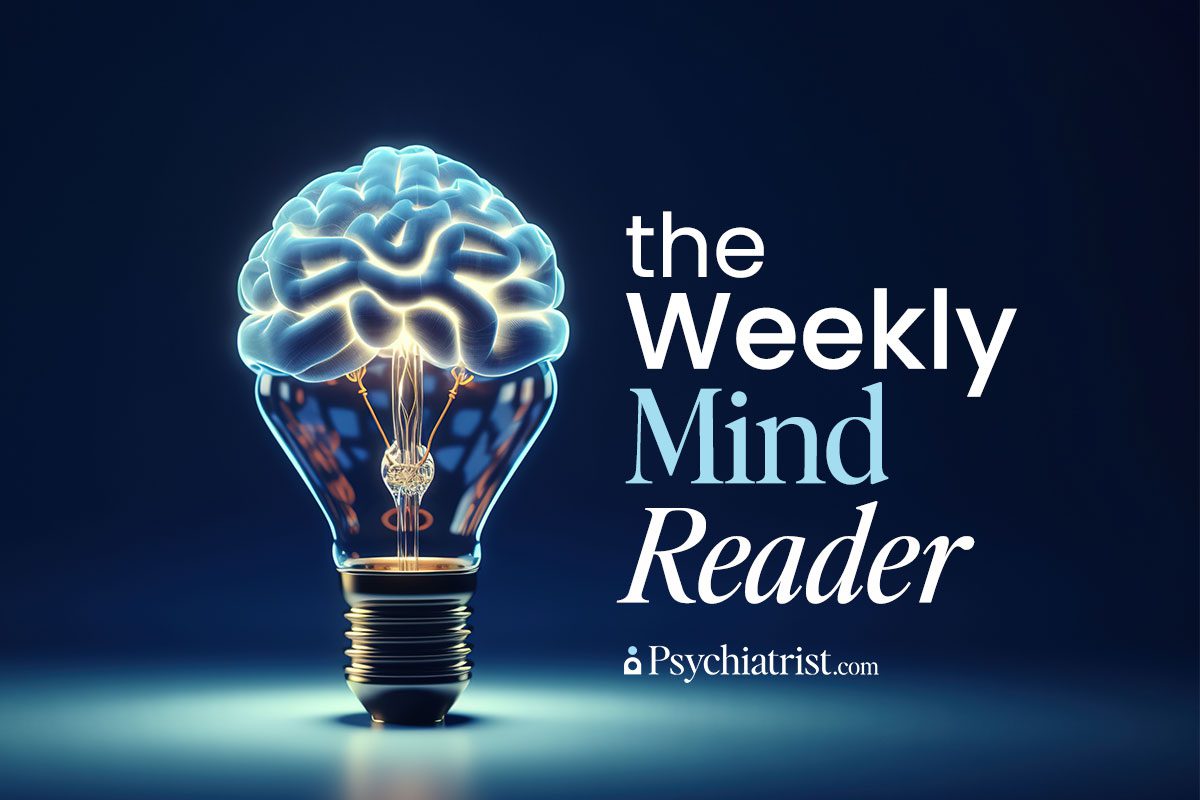Fentanyl in and of itself is dangerous enough. In 2022, 73,654 people died from a fentanyl overdose in the US, more than double the amount of deaths from three years prior. Now a new drug called xylazine has found its way into the fentanyl supply, further adding to the crisis.
Xylazine, a sedative used in veterinary medicine, was initially intended to calm animals. It goes by the street name Tranq or Zombie and, when mixed with fentanyl, it creates a toxic, sometimes deadly, cocktail. A new The Primary Care Companion for CNS Disorders paper traces its rise and describes its alarming and dangerous effects.
According to the report, the drug has been on the radar of law enforcement and healthcare providers since the mid-2000s, when it began to show up in drug overdose cases, particularly in the Northeast. By 2022, reports of overdoses involving xylazine had spread to at least 25 states. In Philadelphia, where the problem was first detected, one study showed that nearly 80 percent of fentanyl-positive urine samples also contained xylazine.
Users report that adding xylazine to fentanyl creates a long lasting high resembling the buzz they get from heroin. The symptoms of overdose aren’t the same as other opioids. They include everything from slow breathing and heart rate to fluctuating blood pressure. In chronic cases, it causes skin rotting all over the body so severe it can lead to amputation.
Unlike other drug overdoses, xylazine’s effects can’t be reversed with naloxone, a commonly used opioid antidote. Its quick spread into the blood-brain barrier also complicates efforts to detect it with standard testing. Experts call for new strategies that specifically identify the drug so doctors can respond more effectively in emergencies.
As for treatment, doctors are limited to supportive measures like intubation and fluid stabilization. Blood pressure can often be a rollercoaster, starting high and then dropping, making continuous monitoring essential. Even the dosage can’t predict the outcome, as xylazine interacts with other drugs at similar receptors.
Unfortunately, healthcare providers are still playing catch-up. They’re trying to get a handle on how to manage the drug’s unique challenges. The authors of this paper call for more research to explain how xylazine works and how to prevent overdoses. In the meantime, they say greater awareness of this growing problem is the key to saving lives.
IN OTHER PSYCHIATRY AND NEUROLOGY NEWS
- More than 30 percent of first-episode psychosis patients experience medication non-adherence. Non-White race, lack of insight, and substance use are significant predictors and that strengthening alliances and supporting adherence can help.
- A two-day trauma-informed care training workshop yielded lasting changes in knowledge, attitudes, and policies for both individuals and organizations.
- A male patient presents with diffused signal and spongiform changes in the brain due to cannabis use. See if you can make the diagnosis.
- Did racial and socioeconomic differences affect access and utilization to telepsychiatry during the COVID-19 pandemic? A new review explores this question.
- A phenomenon known as “publication bias” could mean that the anti-anxiety drug, Xanax may be 40 percent less effective for treating panic disorder than published data suggests.
- If you’re looking for an alternative to the site formerly known as Twitter, follow us on Meta Threads.
NEW AT CME INSTITUTE
Register Now for Emerging Perspectives in Neurology, a live CME meeting in San Clemente, Calif. worth 5.0 AMA PRA Category 1™ credits.



